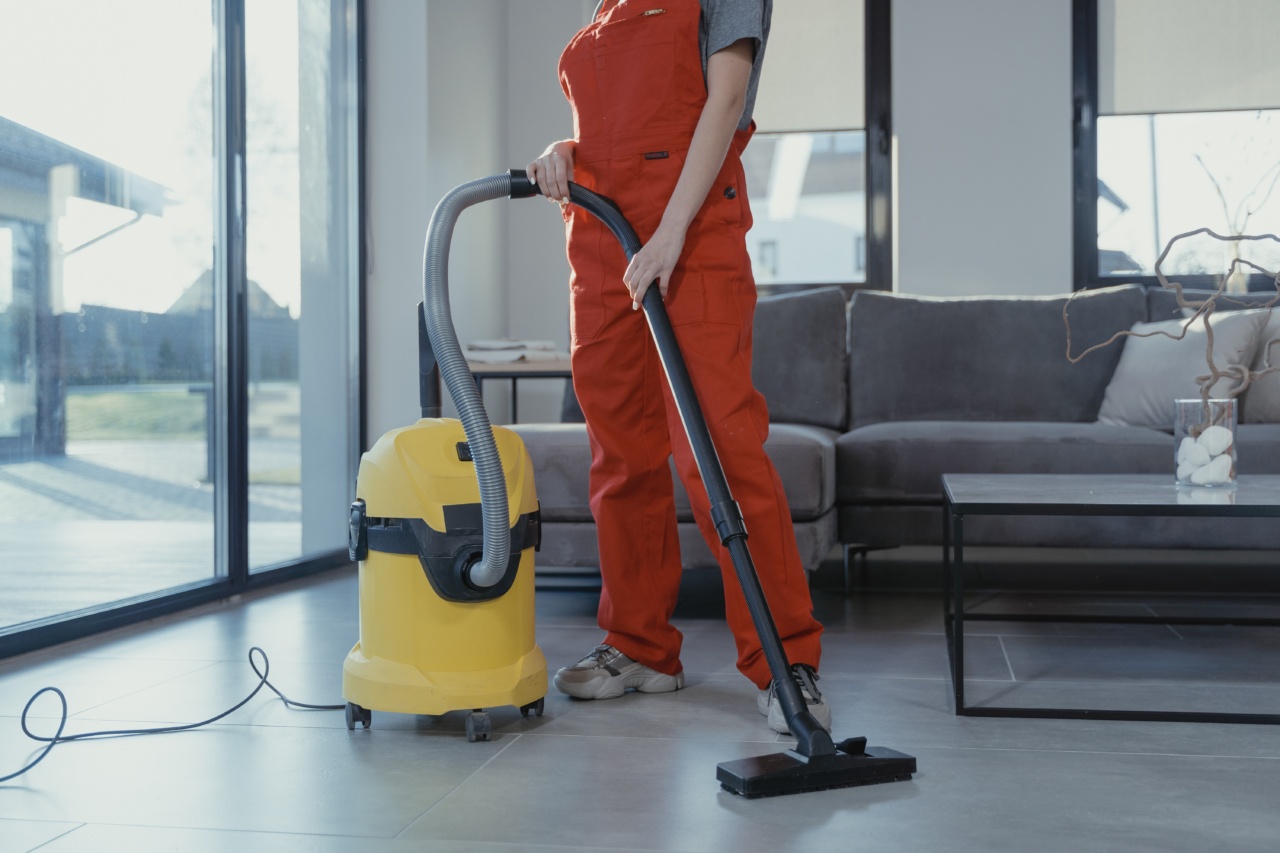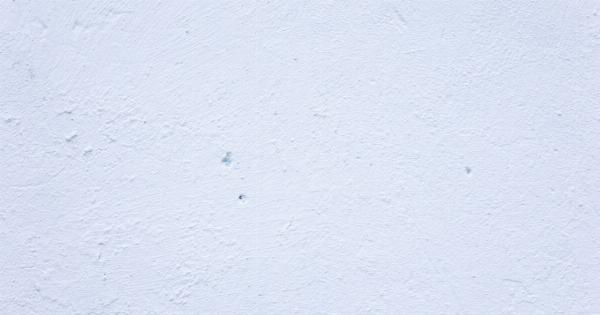Vacuum cleaners are undoubtedly one of the most frequently used household appliances. While they play an important role in keeping our homes clean and tidy, not many people are aware of the allergens that can accumulate inside the machine.
In this article, we will discuss the various allergens that can reside in your vacuum cleaner and how to effectively remove them.
Dust Mites
Dust mites are microscopic creatures that live in household dust, carpets, bedding, and upholstery. If you have allergies to dust mites, vacuuming your house on a regular basis is a must.
However, dust mites can also accumulate inside your vacuum cleaner, where they stay until you use it again, causing more allergy symptoms.
To prevent this from happening, it is important to regularly change your vacuum cleaner’s filter and bag.
HEPA (High-Efficiency Particulate Air) filters are the best option as they can trap particles as small as 0.3 microns, which includes dust mites. Some newer models of vacuum cleaners come equipped with dust mite filters, which are specially designed to capture and remove these tiny creatures.
Pollen
If you suffer from seasonal allergies, you know how uncomfortable and inconvenient they can be. During the spring and summer months, pollen from flowers and trees can enter your home through open windows and doors.
Pollen can then accumulate inside your vacuum cleaner and cause more allergy symptoms when you use it again.
To prevent this, it is important to change the filter and bag of your vacuum cleaner regularly. If you have severe allergies, wearing a mask while vacuuming can help to prevent symptoms.
Additionally, you may want to consider using a vacuum cleaner with a HEPA filter specifically designed to trap pollen and other allergens.
Pet Hair and Dander
Pet hair and dander are a common cause of allergies.
Although regular vacuuming can help to remove pet hair and dander from your floors and furniture, pet hair and dander can accumulate inside your vacuum cleaner, causing more allergy symptoms when you use it again.
To prevent this, it is important to clean the brush roll of your vacuum cleaner regularly, as pet hair can get tangled around it.
Additionally, changing the filter and bag of your vacuum cleaner on a regular basis can help to prevent the accumulation of pet hair and dander inside the machine. Some vacuum cleaners are specially designed to tackle pet hair, so investing in one of these machines may be beneficial if you have pets with allergies.
Mold
Mold thrives in moist environments and can grow in your vacuum cleaner if it is not cleaned and dried properly after each use. Mold can then be released into the air when you use your vacuum cleaner, causing more allergy symptoms.
To prevent mold from growing in your vacuum cleaner, you should empty the dustbin and clean the filter and brush roll regularly. If you have had mold problems in your home, it may be worth investing in a vacuum cleaner with an anti-mold filter.
This filter is designed to kill mold spores and prevent mold growth in the vacuum cleaner.
Bacteria
Bacteria can accumulate in your vacuum cleaner and be released into the air when you use it, causing respiratory problems and allergy symptoms.
Bacteria can grow in the dustbin and filter of your vacuum cleaner if they are not emptied and cleaned regularly.
To prevent bacteria from accumulating in your vacuum cleaner, it is important to empty the dustbin and clean the filter and brush roll after each use.
Additionally, investing in a vacuum cleaner with a UV-C light can help to kill bacteria, viruses, and germs that may be lurking in your home.
Dust
Dust is a common allergen that can accumulate in your vacuum cleaner and be released into the air when you use it, causing allergy symptoms.
Changing the filter and bag of your vacuum cleaner regularly can help to prevent the accumulation of dust inside the machine.
If you have severe allergies, wearing a mask while vacuuming can help to prevent symptoms.
Additionally, using a vacuum cleaner with a HEPA filter can help to trap dust and other allergens inside the machine, reducing the amount of allergens released into the air.
Conclusion
Regular vacuuming is important for maintaining a clean and healthy home. However, it is equally important to understand the allergens that can accumulate in your vacuum cleaner and how to effectively remove them.
By regularly changing the filter and bag of your vacuum cleaner, cleaning the brush roll, and investing in a vacuum cleaner with a HEPA filter, you can create a healthier environment for you and your family.





























